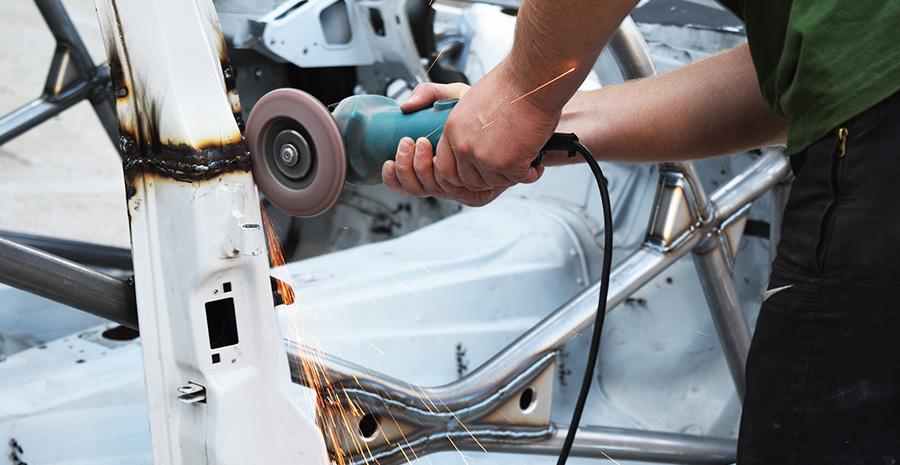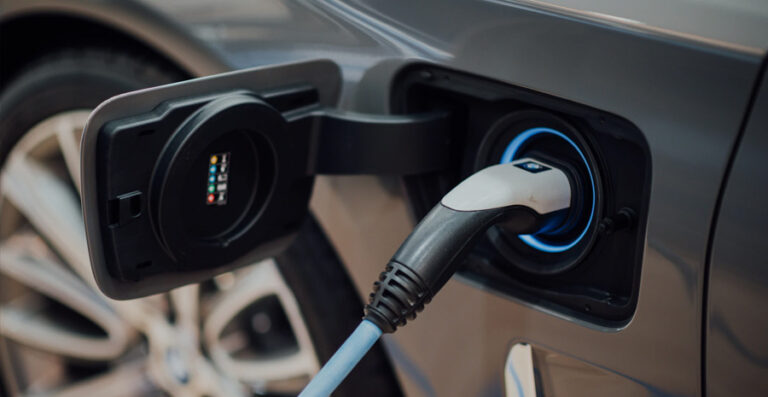The Negotiations
The UAW is seeking higher wages, better benefits, more job security, and a greater share of the profits from the automakers. The union also wants to protect its members from the impact of the transition to electric vehicles (EVs), which require fewer parts and workers to produce. The UAW is demanding that the companies invest more in US plants and commit to building more EVs domestically.
The automakers, on the other hand, are facing increasing competition from foreign rivals, rising costs of raw materials and labor, and uncertainty over the future of the industry. They are reluctant to agree to long-term contracts that could limit their flexibility and competitiveness. They are also pushing for more cost-sharing on health care and pensions, and more use of temporary workers who earn less and have fewer benefits than permanent employees.
The Plan for Strikes
The UAW has targeted three plants for the initial strike: a GM site in Wentzville, Missouri; a Stellantis center in Toledo, Ohio; and a Ford assembly location in Wayne, Michigan. These plants produce some of the most popular and profitable vehicles for each company, such as the Chevrolet Colorado, the Jeep Wrangler, and the Ford Bronco. The strike could expand to other locations if no agreement is reached soon.
The UAW has a strike fund of about $1 billion, which can provide $275 per week in strike pay for each member. The union also has the support of other labor groups, politicians, and celebrities who have joined the picket lines or expressed solidarity on social media. The UAW has vowed to stay on strike until a fair contract is achieved.
The Effects of the Strikes
The strikes significantly impact both the workers and the companies involved. For the workers, the strike means losing their regular income and benefits and facing uncertainty over their future employment. Some workers have taken on second jobs or applied for public assistance to make ends meet. Others have reported harassment or intimidation from management or nonunion workers who cross the picket lines.
For the companies, the strike means losing production and sales of some of their most profitable vehicles and damaging their reputation and customer loyalty. Analysts estimate that each day of the strike could cost GM $50 million, Ford $40 million, and Stellantis $30 million in lost revenue. The strike could also affect suppliers, dealers, and customers who rely on the automakers for parts purchasing, service, and delivery.
How EVs Factor In
One of the main issues in the negotiations is how to deal with the shift to EVs, which are expected to dominate the market in the coming years. EVs require fewer parts and workers to produce than traditional vehicles, which could lead to plant closures, job losses, and lower wages for UAW members. The union wants to ensure that its members are included in this transition and that they have a voice in shaping the future of the industry.
The automakers, however, argue that they need to invest heavily in EV technology and infrastructure to compete with rivals such as Tesla, Volkswagen, and Toyota. They also claim that they are committed to creating new jobs and opportunities for UAW workers in EV production, but that they need more flexibility and cooperation from the union to do so.
How Do Automakers Respond to Strikes?
Automakers have different ways of responding to strikes, depending on their strategies, resources, and legal options. Some of the possible responses include:
- Negotiating with the union to reach a settlement as soon as possible, especially if the strike hurts their sales, profits, and reputation.
- Using temporary workers, nonunion workers or managers to keep some production going, especially if they have enough inventory or can source parts from other suppliers.
- Hiring permanent replacement workers, which is legal but risky, as it could escalate the conflict and provoke legal challenges from the union.
- Locking out the workers, which is also legal but risky, as it could shut down all production and invite public backlash and legal action from the union.
- Shifting production to other plants or countries, which could reduce the impact of the strike but also incur additional costs and logistical challenges.
Each of these responses has advantages and disadvantages, and automakers may use a combination of them depending on the situation. The best response for each company may depend on their market position, customer demand, competitive pressure, labor relations, and public image.
How Long Do Strikes Usually Last?
There is no definitive answer to how long a UAW strike could last, as it depends on many factors, such as bargaining progress, public opinion, financial pressure, and legal challenges. However, based on historical data, UAW strikes have varied widely in duration, from a few hours to several months.
According to CNBC, since 1970 there have been 23 national strikes by UAW members against one or more of Detroit’s Big Three automakers. The shortest one lasted only six hours at Chrysler in 2007, while the longest one lasted 172 days at GM in 1970. The most recent one lasted 40 days at GM in 2019.
The average duration of these strikes was about 28 days, but this may not indicate what could happen this time, given the unprecedented nature of the UAW’s strategy and the challenges facing the industry. Ultimately, the length of the strike will depend on how willing and able both sides are to reach a compromise that satisfies their interests and those of their stakeholders.
Sources
https://www.cnbc.com/2023/09/14/uaw-strikes-everything-you-need-to-know.html
https://www.nbcnews.com/business/business-news/what-know-uaw-strike-auto-companies-ford-general-motors-rcna103725
https://www.usatoday.com/story/money/cars/2023/09/15/what-does-uaw-stand-for-strike-demands/70862588007/
https://www.nbcnews.com/business/business-news/live-blog/uaw-strike-ford-general-motors-stellantis-live-updates-rcna105134
Politics, https://www.bloomberg.com/news/articles/2023-09-14/biden-speaks-with-uaw-president-auto-executives-as-strike-looms
https://www.foxbusiness.com/economy/uaw-automakers-return-table-strikes-create-parts-shortage



